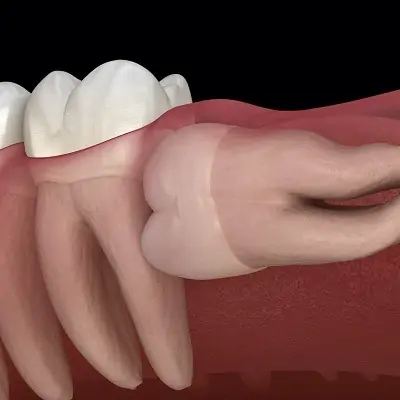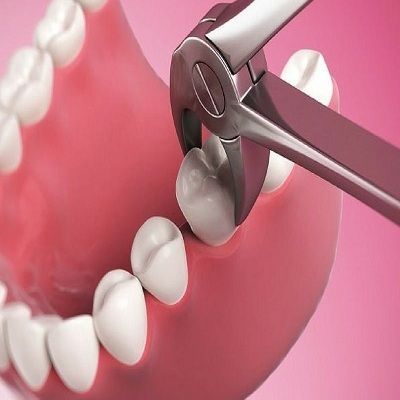Tooth extraction is a standard dental procedure that may sound intimidating at first, but in reality, it is often a smooth and efficient process—especially when performed by experienced dental professionals in a modern city like Dubai. Whether it’s due to decay, overcrowding, infection, or impacted wisdom teeth, extraction can help relieve discomfort and restore oral health. If you're preparing for a Tooth extraction cost or simply curious about the process, this article will guide you through what to expect before, during, and after the procedure.
Pre-Extraction Consultation
Initial Examination
Before any tooth is removed, the dentist will perform a thorough examination. This often includes reviewing your dental history, discussing your symptoms, and checking the condition of your teeth and gums. X-rays are typically taken to assess the position of the tooth and the surrounding bone structure. This helps the dentist determine the best way to proceed with the extraction and whether it will be simple or surgical.
Personalized Treatment Plan
Once the need for extraction is confirmed, the dentist will explain the procedure and answer any questions you may have. You’ll also receive information about anesthesia options, aftercare, and what to expect during recovery. This consultation ensures that the procedure is safe, efficient, and tailored to your specific condition and comfort level.

The Tooth Extraction Procedure
Local Anesthesia
When it's time for the extraction, the first step is usually administering local anesthesia to numb the area around the tooth. This ensures that you remain comfortable throughout the procedure. In certain situations, sedation may be used to help you relax, especially if you are anxious or if multiple teeth are being removed.
Simple vs. Surgical Extraction
Depending on the condition of the tooth, the extraction may be simple or surgical.
Simple Extraction: This is typically performed on visible teeth that are easily accessible. The dentist uses specialized tools to loosen and remove the tooth with minimal effort.
Surgical Extraction: This method is required when the tooth is broken, impacted, or hasn't fully erupted. The dentist may need to make an incision in the gum and possibly divide the tooth into sections before removing it.
Despite the differences, both types of extractions are carried out with great care and precision to ensure patient comfort.
Duration of the Procedure
The length of the procedure depends on the complexity of the extraction. A simple extraction might take just a few minutes, while a surgical extraction may take slightly longer. Regardless, most patients are surprised by how quickly and smoothly the procedure is completed.
Immediately After the Extraction
Gauze and Bleeding Control
After the tooth is removed, the dentist will place gauze over the socket to help stop the bleeding. You’ll be instructed to bite down gently on the gauze to help a blood clot form in the area, which is an essential part of the healing process.
Numbness and Recovery Room Time
You will likely remain numb in the treated area for a few hours following the procedure. Before you leave, the dental team will ensure you are stable and comfortable. You'll also receive post-extraction care instructions to guide you through the healing period.
The Healing Period
Normal Symptoms
It is common to experience mild swelling, tenderness, or a dull ache after the anesthesia wears off. These symptoms typically peak within the first 24 to 48 hours and gradually subside. Many people return to their regular routines within a day or two, although some may need a bit more rest depending on the extraction's complexity.
Instructions for Aftercare
You’ll be given detailed aftercare instructions to promote healing and reduce the risk of complications. These often include:
Avoiding hot, spicy, or crunchy foods for a few days
Refraining from using straws or smoking to protect the blood clot
Gently rinsing your mouth after 24 hours with a warm saltwater solution
Maintaining oral hygiene while avoiding the extraction site during brushing
Following these instructions closely can make a significant difference in the comfort and speed of your recovery.
What Happens to the Gap?
Options After Extraction
After a tooth is removed, patients often ask what happens to the empty space. While some people leave the gap as it is—especially if it’s a wisdom tooth—others consider options to restore function and aesthetics. These may include:
Dental implants
Bridges
Partial dentures
The dentist will usually discuss replacement options with you during the follow-up visit or at a later appointment, depending on your individual needs.
Follow-Up Appointments
It’s common to have a follow-up visit after your extraction, especially if it was a surgical one. During this appointment, the dentist will examine the healing process, remove any stitches if necessary, and address any lingering concerns you might have. This step ensures that everything is progressing smoothly and that there are no signs of infection or delayed healing.
Peace of Mind in a Professional Setting
One of the most reassuring aspects of having a tooth extraction in Dubai is the professionalism and comfort provided throughout the process. With access to modern dental facilities, trained professionals, and a strong focus on hygiene and safety, patients can feel confident that they are receiving high-quality care from start to finish.
Conclusion
Tooth extraction cost in Dubai is a well-structured and carefully managed procedure, designed to prioritize patient comfort and effective outcomes. From the initial consultation and anesthesia to the actual removal and recovery, the entire process is streamlined for minimal discomfort and quick healing.
Whether you're dealing with a painful wisdom tooth, an infected molar, or making space for orthodontic treatment, knowing what to expect during a tooth extraction can ease your mind. With proper care, professional guidance, and a bit of rest, you’ll be well on your way to a healthier smile.
